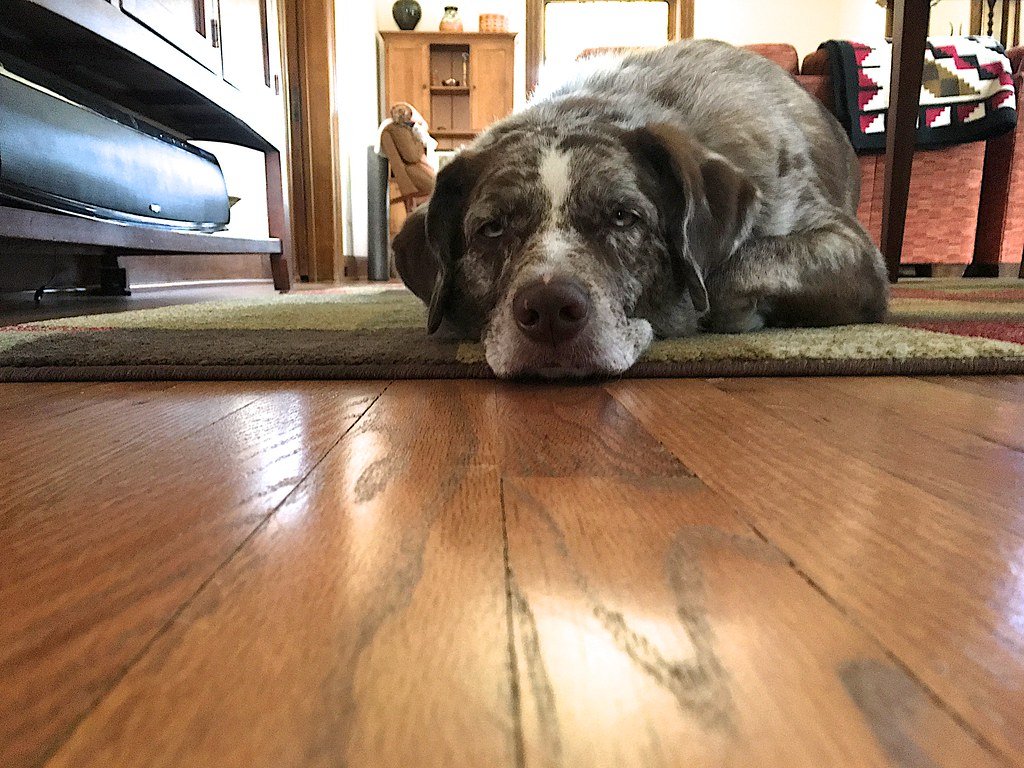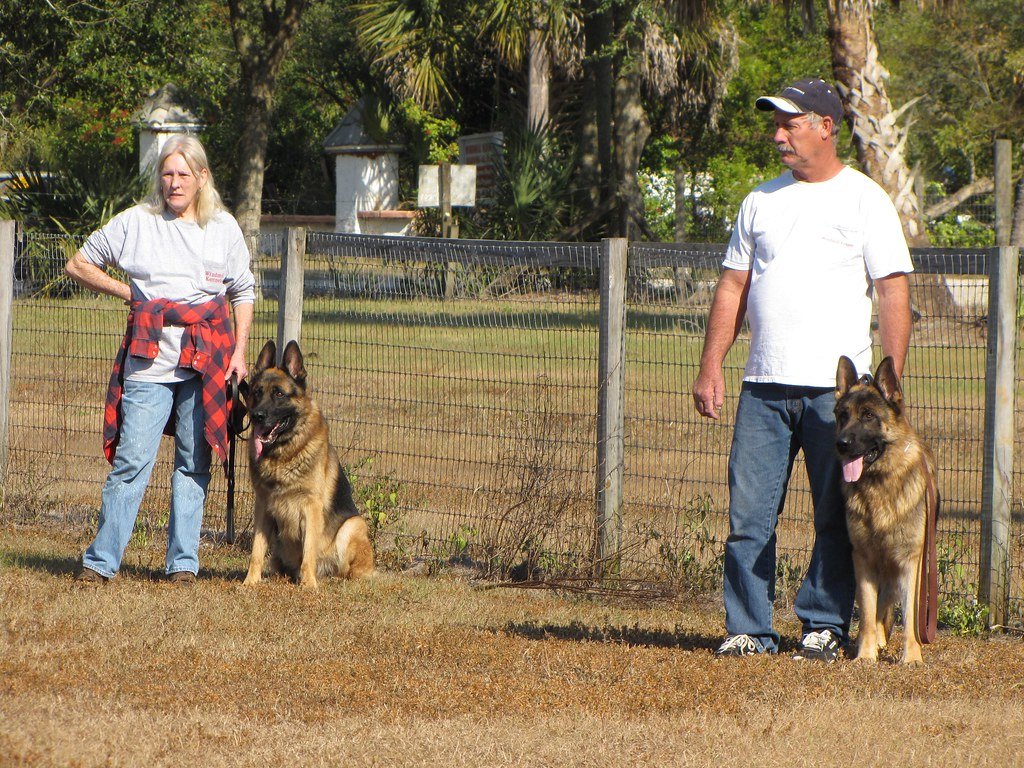Have you ever locked eyes with your dog and felt like they were outsmarting you? You give a command, and they just tilt their head, almost smirking, as if to say, “Nice try, human.” Training a stubborn, clever dog can feel like negotiating with a furry genius who’s always one step ahead. But don’t worry—there’s hope! With patience, creativity, and a dash of humor, you can win your dog’s respect and maybe even outsmart them for a change.
Understanding Your Dog’s Mindset

Smart, stubborn dogs are not trying to make your life difficult just for fun (well, maybe a little). They’re curious, independent, and often motivated by their own agenda. When they ignore commands, it’s not usually defiance—it’s more like, “What’s in it for me?” Recognizing this mentality is the first step. When you realize your dog is not being “bad,” but rather being a clever opportunist, it changes everything. Think of them like a child who’s always negotiating bedtime or sneaking extra cookies. The trick is to turn their intelligence into a training advantage, not a battleground.
Setting Realistic Expectations
Let’s be honest: training a stubborn dog is not a quick fix. You won’t see overnight miracles, and that’s okay. It’s important to set small, achievable goals. Maybe today your dog sits for five seconds instead of three. Celebrate that! Consistency is your best friend. Don’t expect perfection—expect progress. If you go in thinking you’ll turn your willful pup into a robot, you’re setting yourself up for frustration. Instead, focus on building a relationship based on mutual respect. It’s a marathon, not a sprint.
Choosing the Right Training Methods
Not all dogs respond to the same training techniques. For sharp, stubborn pups, positive reinforcement works wonders. Yelling or punishment usually backfires, making them dig in their heels even more. Instead, use treats, toys, or affection as rewards. Keep sessions short and fun—think of them as mini-games, not military drills. If your dog loves fetch, use it as a reward for obeying a command. The more training feels like play, the more your clever canine will want to participate.
Finding What Motivates Your Dog
Every dog has a currency. For some, it’s cheese; for others, it’s belly rubs or chasing a ball. Pay close attention to what gets your dog excited. Use this to your advantage by making it the prize for good behavior. If your dog isn’t interested in treats, try a favorite toy or even a walk outside. Sometimes, it takes a little detective work to crack the code, but once you find their “gold,” training becomes much easier. My own dog would do anything for a slice of apple—who knew?
Consistency Is Key—But So Is Flexibility
Dogs thrive on routine, especially stubborn ones. Repeating the same cues and actions helps them understand what’s expected. But don’t be afraid to switch things up if something isn’t working. Maybe your dog hates sitting in the kitchen but loves listening outside. Move your training location. If your usual command isn’t working, try a different word or hand signal. Flexibility shows your dog that you’re paying attention and willing to adapt, which can earn their respect.
Using Clear and Simple Commands
Clever dogs often get bored with long lectures. Keep your commands short and sweet—“sit,” “stay,” “come.” Avoid using sentences or changing your words each time. Dogs don’t understand English, but they are experts at recognizing patterns. The more consistent and clear you are, the faster your dog will catch on. If your dog seems confused, break the command down into smaller steps and reward each tiny success. Remember, training is like building a tower: one brick at a time.
Turning Training Into a Game
If your dog thinks training is a chore, they’ll tune out fast. But if it feels like a game, you’ll have their full attention. Try turning commands into fun challenges—like racing to a spot or playing hide and seek with treats. Use a cheerful tone and plenty of praise. Dogs are natural players, and stubborn dogs especially need mental stimulation. The more you can sneak learning into playtime, the better behaved (and happier) your dog will be.
Dealing with Frustration—Yours and Theirs
There will be days when your dog just doesn’t want to listen, and you’ll feel like pulling your hair out. Take a deep breath. Remember, frustration is normal—for both of you. If you sense tension, take a break. Go for a walk, throw a ball, or simply cuddle on the couch. Training should build your bond, not break it. Patience pays off, and sometimes the best breakthroughs happen after you’ve both had a chance to reset.
Seeking Support When Needed

Even the most dedicated dog owners need help sometimes. If you’re struggling, consider enrolling in a positive reinforcement class or consulting a professional trainer who specializes in stubborn breeds. Sometimes, a fresh perspective makes all the difference. Don’t be embarrassed—asking for help means you care about your dog’s well-being. Plus, group classes can add socialization and fun to the training process.
Celebrating Every Success, Big or Small
Finally, remember to celebrate. Every step forward—no matter how tiny—is a victory. Did your dog finally come when called, even once? Throw a little party! Success is about progress, not perfection. Training a stubborn, smart dog can be an emotional rollercoaster, but the rewards are worth it. The bond you’ll build through patience, laughter, and determination is something truly special.





